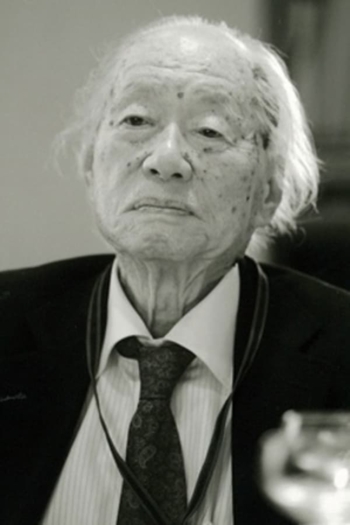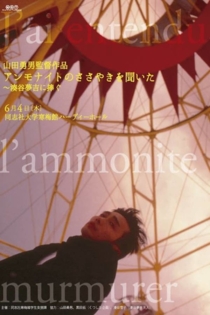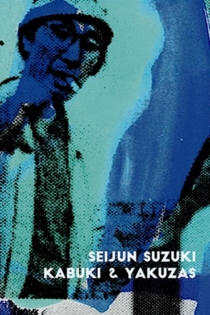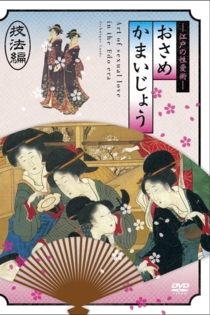
Takeo Kimura
1918 - 2010夢のまにまに
Takeo Kimura
Hiroyuki Nagato, Ineko Arima
Recently appointed dean at a film school, Kimuro Hajime develops a special concern for one of his students, Daisuke. The brash, headstrong young man is fixated on with the Second World War. He feels a sense of frustration at the irrational sacrifice of young people's lives during the war six decades earlier. Daisuke finds that he can vent his frustrations to Kimuro, who experienced the war firsthand. Kimuro's wife, Emiko, is also troubled by memories of the war. She lost a loved one in the war and has never gotten over it. And Kimuro himself also has something from the past that he has yet to face. He believes that the burden of his unresolved past will eventually be the death of him. When Daisuke's neurosis causes him to quit school, life changes for all three of them.
Dreaming Awake

アンモナイトのささやきを聞いた
Isao Yamada
Kenzo Saeki, Hiroko Ishimaru
Ammonites were a kind of snail-like precursor to today's mollusks, common in the seas of the Cretaceous period, many millions of years ago. They are among the most commonly found fossils, so they must have been extremely plentiful. In this meditative and largely unstructured first feature, a young geologist is traveling by train to visit his sister in the countryside after having received a disturbing and mysterious letter from her. As he travels, he remembers his childhood fixation with rocks, nurtured by his mother, and his very strong affection for his sister.
I've Heard the Ammonite Murmur

Seijun Suzuki: kabuki & yakuzas
Carles Prats
Seijun Suzuki, Takeo Kimura
In the sixties, director and screenwriter Seijun Suzuki (1923-2017) was the great innovator of Japanese cinema. Extremely creative and eccentric, his narrative world is strongly influenced by Kabuki theater. His testimony crosses with that of his collaborator and close friend, artistic director and screenwriter Takeo Kimura (1918–2010). Between the two of them, they remember how they made their great masterpieces about the Yakuza underworld for the Nikkatsu film company.
Seijun Suzuki: kabuki & yakuzas

From the Ruins: Making 'Gate of Flesh'
Marty Gross
Takeo Kimura, Seijun Suzuki
Made for in 2005, this video interview features director Seijun Suzuki and production designer Takeo Kimura. These longtime collaborators discuss the making of GATE OF FLESH.
From the Ruins: Making 'Gate of Flesh'

馬頭琴夜想曲
Takeo Kimura
Mitsuru Chiaki, Seijun Suzuki
A baby, John, who was abandoned in the church with a horse-headed koto on his side. His grandfather was once a Morin Khuur player and died in the atomic bombing of Nagasaki. The brilliantly colored images have an avant-garde charm while hiding the sadness of the war, and will grab the viewer's heart.
Matouqin Nocturne

